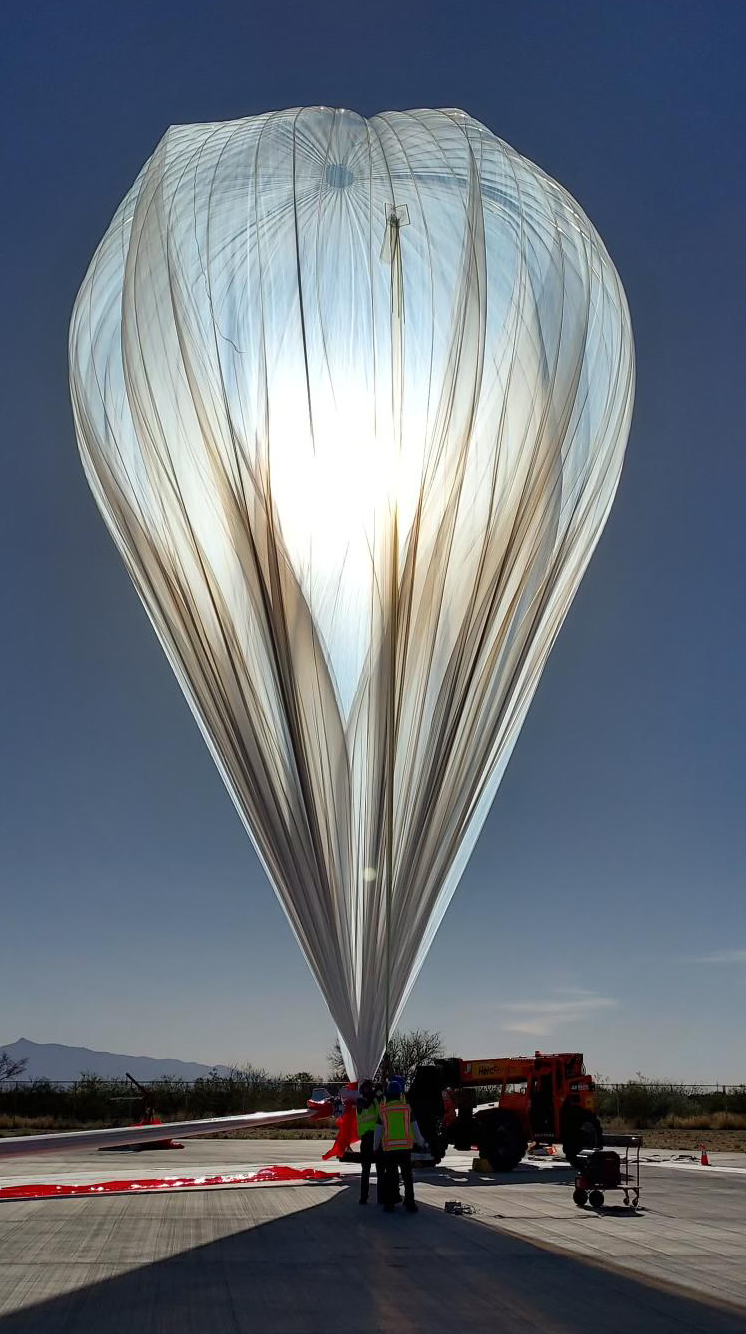When a NASA aircraft is being prepared for a major research program, the Experimental Fabrication Branch Sheet Metal Shop is likely to be involved. The Sheet Metal Shop is the organization at NASA’s Armstrong Flight Research Center in Edwards, California, that carries out all modification and repair work on aircraft, ranging from the creation of something as small as an aluminum bracket to which electrical wires will be attached to replacing or modifying wing spars, fuselage ribs, control surfaces, and large areas of exterior skin.
Materials and Equipment
The metals that the shop works with the most are aluminum and titanium and they come in a variety of configurations such as sheets, bars, and straps. Aluminum is the most common metal found on aircraft because it is light in weight and is easy to bend and form into the many shapes common to sleek, high-performance aircraft. Titanium is normally used in areas on aircraft where greater strength is needed or high temperatures are reached.
Many different types of equipment are needed to cut, form, and bend the metal to support the needs of the various aircraft research and support projects at Armstrong. One of the units used the most is a hydraulic shear that can cut a piece of metal up to five-eighths of an inch thick and as much as eight feet wide with the ease of a table knife cutting butter.
Other big, powerful hydraulic and electrically operated machines can bend, roll, punch, and press metal sheets, bars, and straps into all kinds of irregular and curved shapes depending on the project requirements. Pressures of as much as 2,500 pounds per square inch (PSI) are common on some of the machines used in the Sheet Metal Shop.
New equipment obtained by facilities like the Armstrong Sheet Metal Shop is computer operated and allows craftsmen to perform tasks faster and with greater precision. Special schooling is required to operate some of the computer-operated equipment.
Work Requests
Requests for work to be performed by the Sheet Metal Shop can originate at several levels, but all are channeled through the Aircraft Maintenance Branch for final approval and coordination. Work requests may be initiated by an engineer assigned to an aircraft project office at Armstrong if the modification is necessary for the flight project. An example could be making a small aluminum housing for a miniature video camera, to be installed on the aircraft’s wingtip for recording the movement of the flight control surfaces (ailerons, spoilers, and flaps). Requests that are unique to the research project may also originate with engineers from participating organizations such as the commercial aircraft manufacturer, another NASA center, or another agency of the federal government such as the U.S. Air Force.
Some requests for modification work originate within the Armstrong maintenance organization when the work is part of the normal maintenance process to keep the aircraft in perfect flying condition. An example is making a new fuselage inspection panel to replace one that shows signs of wear and could become a safety hazard.
Other requests for modification work may originate with U.S. Air Force or U.S. Navy aircraft maintenance departments. Most of the aircraft flown by NASA were originally obtained from these military organizations, and they issue periodic notices to perform certain work to keep the aircraft safe and reliable.
Modification requests are also issued by the aircraft manufacturer, as part of the continuing process of keeping the aircraft safe and reliable. An example of this request could be making and adding a tiny band of metal to a flight control surface to dampen possible vibrations during certain speed and flight conditions.
Past Projects
The craftsmen in the Sheet Metal Shop work on every research and support aircraft flown at the Center. Among the most unique projects the shop has been associated with are:
- Fabricating the belly-mounted F-104 pylon used to test space shuttle tiles for water resistance and aerodynamic loads.
- Modifying a large Convair 990 jetliner fuselage so it could be used as a landing gear testbed to evaluate space shuttle tires for wear under varying landing and load condition.
- Fabricating a “chin-mounted” periscope system on an F-104 research aircraft to evaluate an external forward vision device that could be used in future high-speed aircraft or spacecraft where traditional cockpit windscreens limit forward crew vision.
- Building a crew emergency escape slide in the modified Boeing 747 used to carry the space shuttle prototype Enterprise during space shuttle glide and landing tests in 1977. The crew slide extended from the cockpit down and out the 747’s belly and would have been used by the 747 crew to aid in parachuting from the aircraft if an emergency arose during the test program.
- Modifying the rear fuselage area surrounding the engine exhaust nozzles on a specialized F-15 being flown at Dryden to evaluate directional engine thrust as a way of improving maneuverability.

































